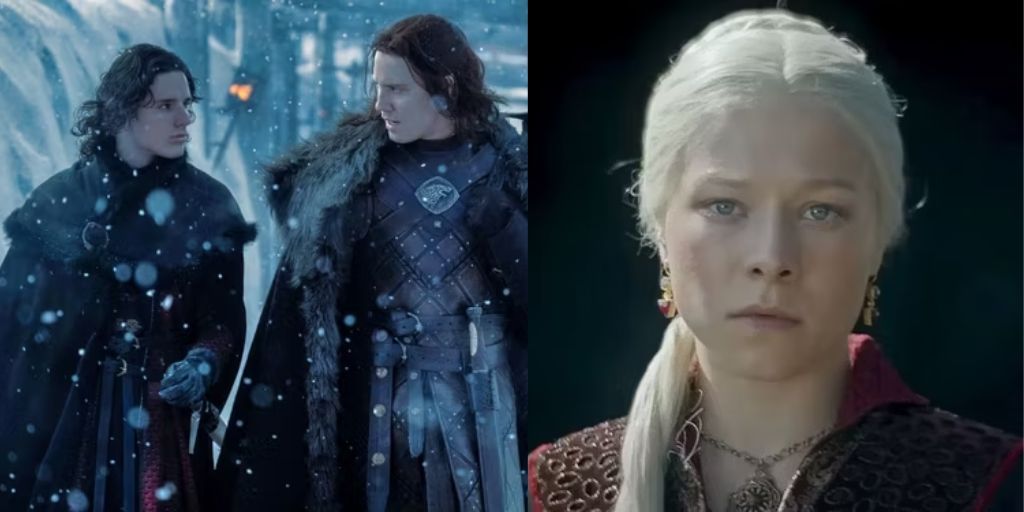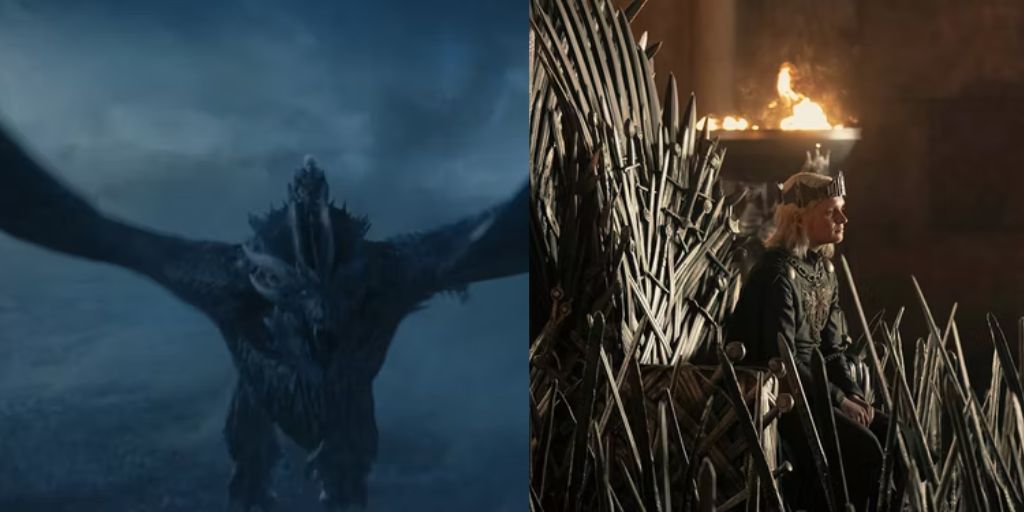Returning to Winterfell and the Wall in the Season 2 premiere of ‘House of the Dragon’ offered a nostalgic thrill. Lord Cregan Stark guides Prince Jacaerys Velaryon to the Wall, emphasizing its role as a bulwark against the unknown.
The scene echoes the grim dread of ‘Game of Thrones’ and prompts speculation about the White Walkers’ future, despite their absence in this spin-off’s narrative.
While both series share the Seven Kingdoms’ political turmoil and the looming presence of dragons, ‘House of the Dragon’ keeps its focus squarely on House Targaryen’s internal strife. Prince Jacaerys’s journey to the North serves a political purpose, seeking support for his mother, Queen Rhaenyra, amidst alliances and betrayals.
It is necessary to disregard the White Walkers until “Game of Thrones.”
The threat beyond the Wall remains a distant concern in this era, emphasized by Lord Cregan’s strategic preparations rather than immediate dread. In ‘Fire and Blood’, Queen Alysanne’s encounter with the Wall hinted at ancient mysteries, contrasting with the series’ political intrigue.

Integrating the White Walkers into ‘House of the Dragon’ would disrupt its thematic continuity, aligning more with ‘Game of Thrones’. The series maintains a focus on political machinations, leaving the supernatural threats to Westeros’ ancient history and the Stark’s foreboding motto: “winter is coming.”
As ‘House of the Dragon’ unfolds, it draws a sharp contrast between political ambition and looming, but distant, existential threats, echoing real-world parallels of societal neglect towards impending crises.














